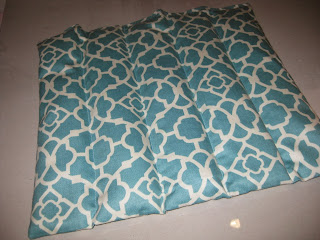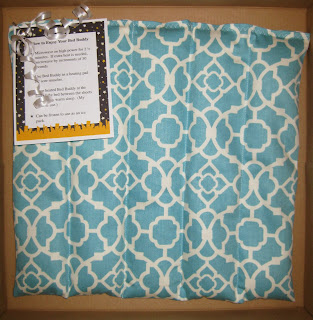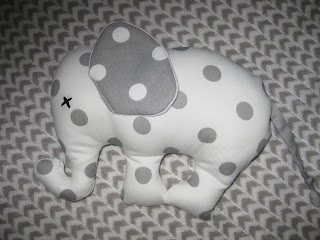I have seen these kits in catalogs and knew I could make it myself. In fact I decided this would be a great project to make for the grand kids and great nieces/nephews this Christmas. Here's a step by step of how I DIM (did it myself).
Supply List:
Wooden closet rod or large dowel about 12 inches in length
Wooden drawer pulls, 3 round (buttons) and 2 square (eyes)
1/4 " dowel
Wood glue
Drill with 1/4" bit
Saws; miter and band
Assorted paint; black for eyes and mouth, orange for carrot nose, red & green for buttons
Spray shellac if not using outdoor paint
Time
Optional Supplies:
Scarf
Hat
Bag to hold kit
Step 1
With a miter saw cut the closet rod into five 1/2 inch pieces for the mouth. Use the remaining length of closet rod to shape a carrot nose with the band saw (or whittle it).
Step 2
Cut eleven 3 inch lengths from the 1/4 inch dowel.
Step 3
Using a quarter inch drill bit, drill holes into the back of each mouth, nose, eye and button pieces. Drill about 3/8 inch down but not through the wood. Glue dowel cuts with wood glue to each piece.
Step 4
Paint the pieces and let dry.
Step 5
Add button holes with your black paint. Let dry. I tried using white paint to make the buttons look like they had thread but did not like this look so I painted over them.Step 6
After the pieces are all dry, coat them with shellac for durability in the wet snow.

If you want to go a step further, make a drawstring bag to place all the pieces in. I used white fabric to make the bag and ironed on a design using this cute label I made. I printed it on iron-on transfer paper that I purchase at JoAnn's.
I hope the kids have many years of fun snowman building.











































